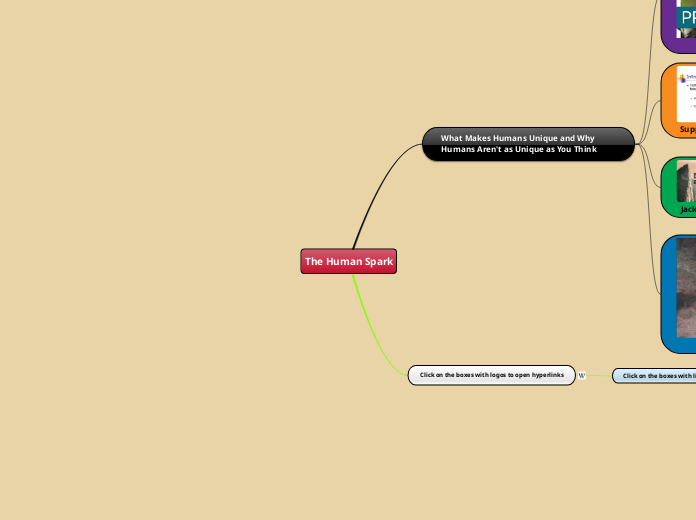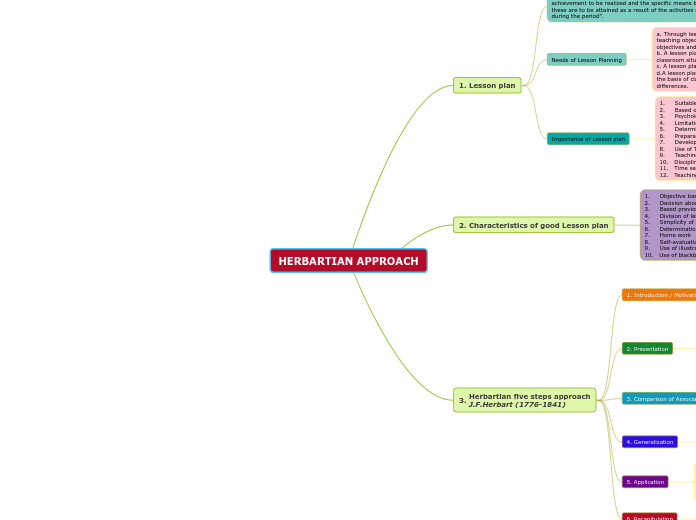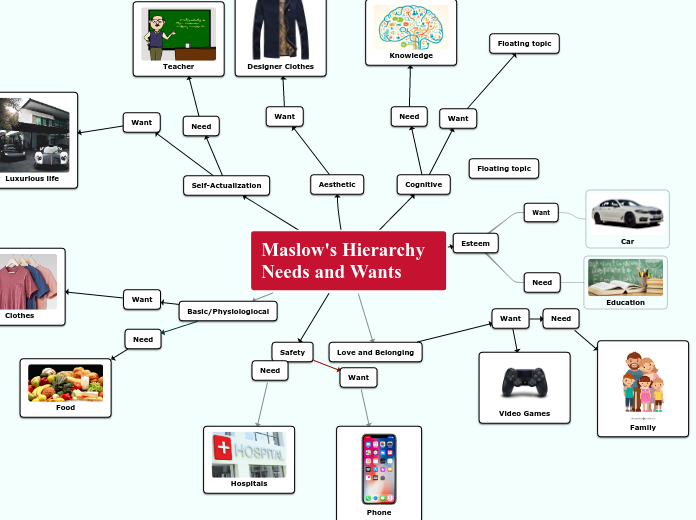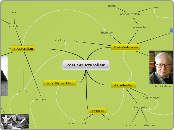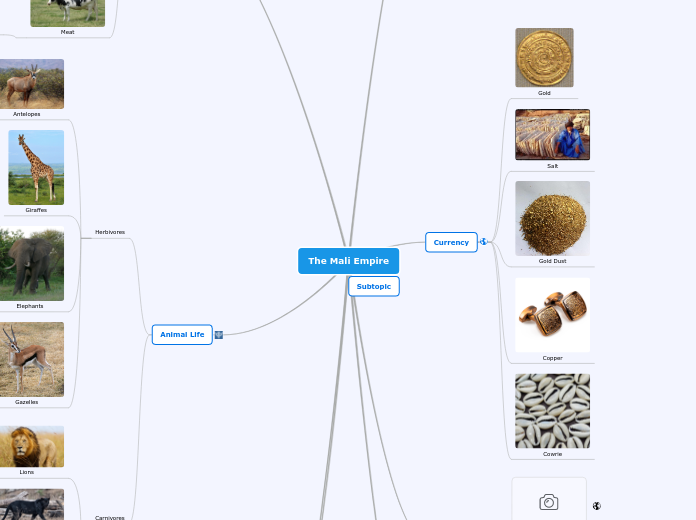von Martins Adam Vor 3 Jahren
189
The Human Spark
The transmission of knowledge has been pivotal in human societal success, enabling rapid dissemination of new discoveries through advanced communication methods. Unlike humans, many animals learn primarily through mimicry, such as apes observing tool usage and fish imitating innovative behaviors.
